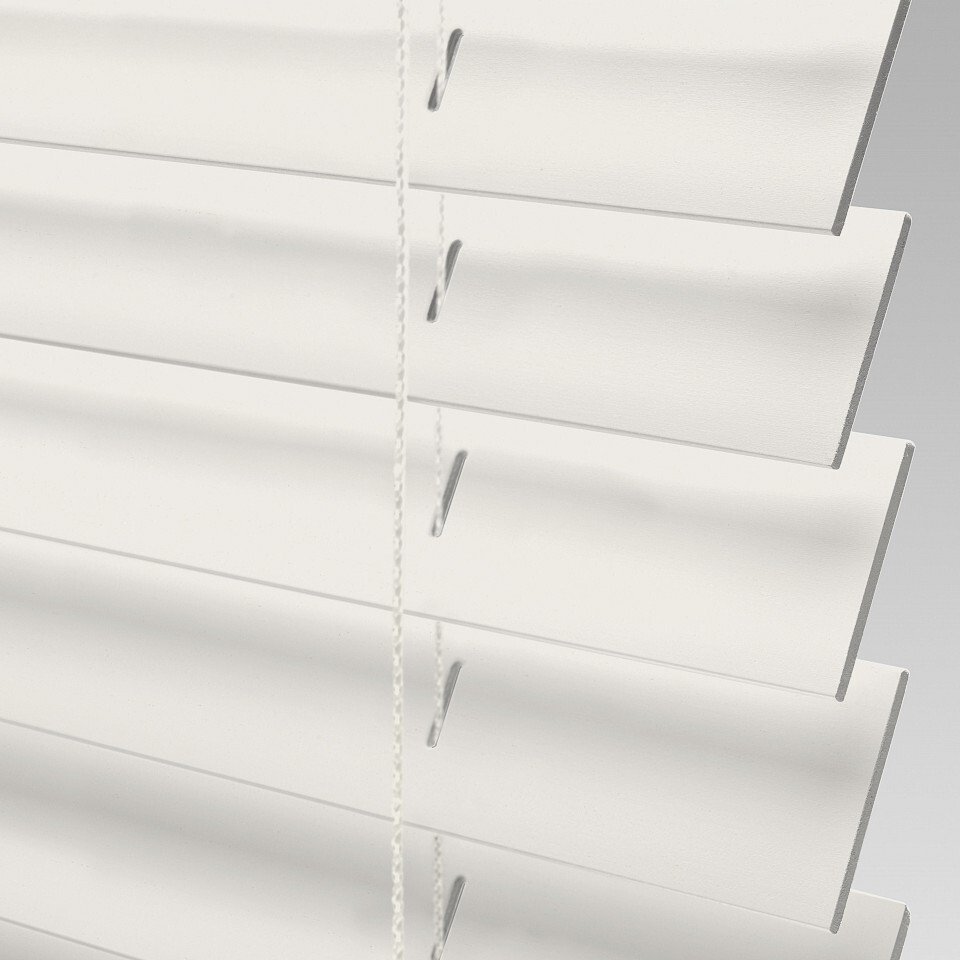Wood vs. Faux Wood Blinds
Blinds are often the first choice for many homeowners looking for new window treatments. The addition of the classic horizontal lines of blinds can transform your home, but what should you choose, wood or faux wood? In this quick post, we will explore the difference between the two most popular blind styles are and in what scenarios they work best.
What’s the difference?
The main difference is the material they are made of. Wood Blinds, much like the name suggests, is made of natural wood. Wood blinds come in a variety of stains and paint finishes. On the contrary, Faux Wood Blinds, are made of composite PVC, which gives them a durable finish that comes in a wide range of colors.
Which is best?
Each has its own benefits and which is best has much to do with your style, your home’s location, and the type of room the treatment will be going into. Wood Blinds are excellent for large windows as they are lighter weight than Faux Woods. Additionally, they come in a variety of stains and wire-brush finishes that bring out the best of natural wood textures. On the flipside, Wood Blinds are natural wood, which means they can expand, contract, and warp in high-humidity locations like bathrooms, kitchens, and beach homes.
Faux Wood Blinds are made of a non-porous material, which prevents them from absorbing water, making them excellent choices for bathrooms, kitchens, and beach homes. While Faux Wood Blinds are heavier, they are generally considered more durable. Finally, Faux Woods tend to be more budget-friendly and easier to care for.
What are the features?
Generally speaking, control features such as cordless and LightsOut Routeless and design features like valance styles and decorative tapes are available on both Wood and Faux Wood Blinds.
Need more help?
You can learn more about each of these products by visiting the product pages or by reaching out to a Design Advisor at (800) 210-5005 or by scheduling your free Virtual or In-Person Consultation.






